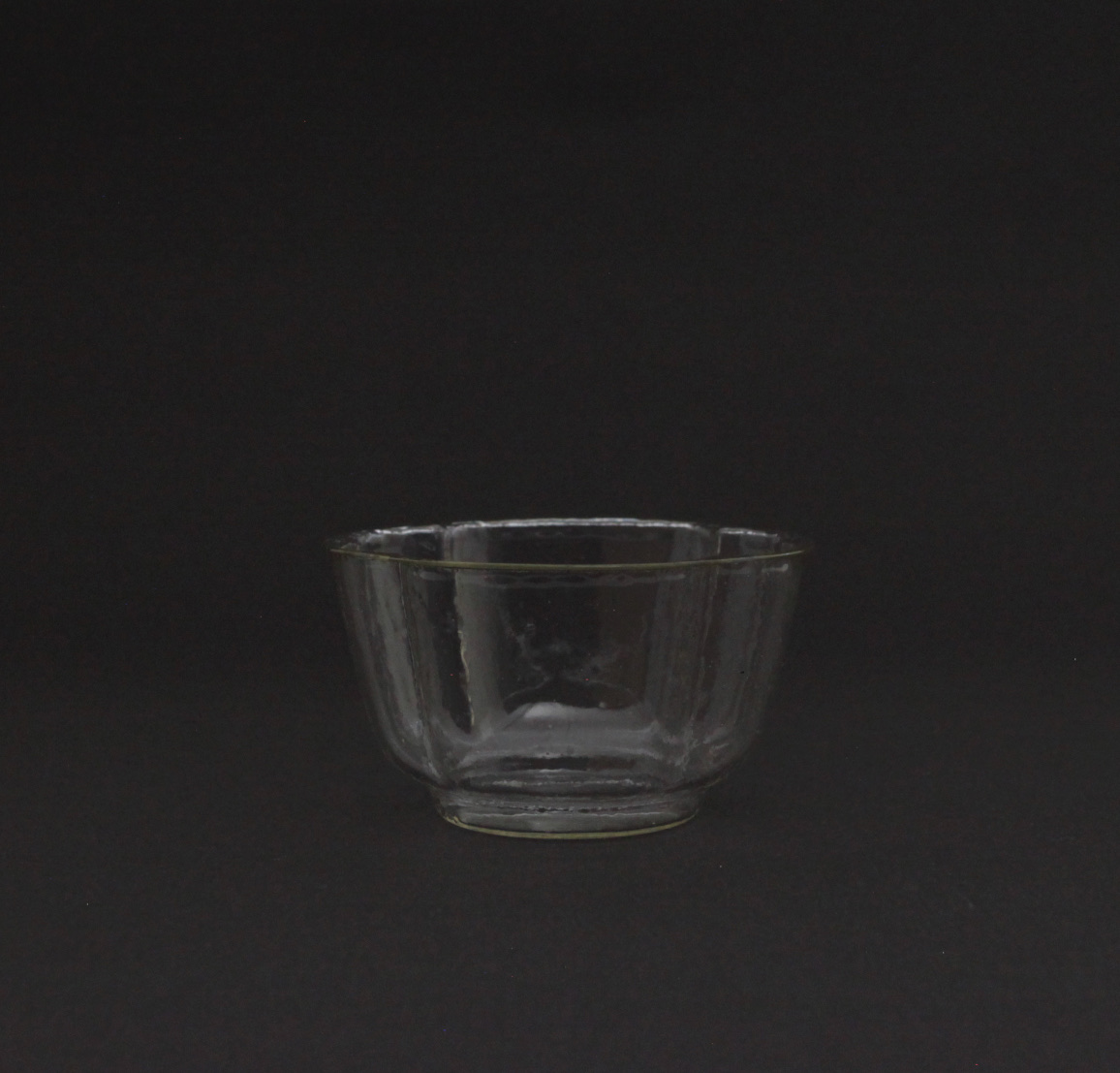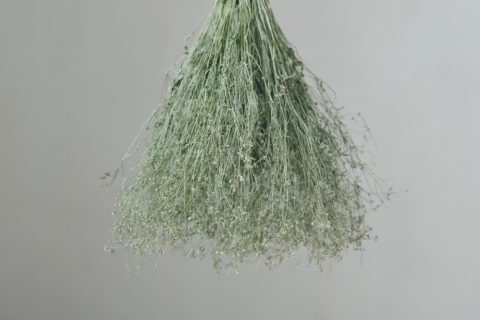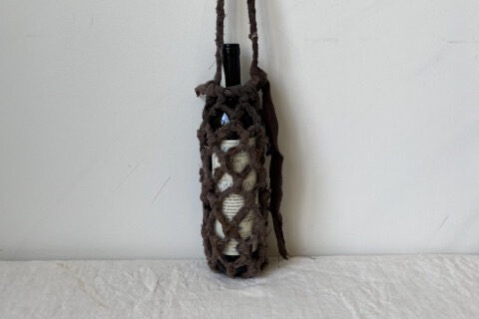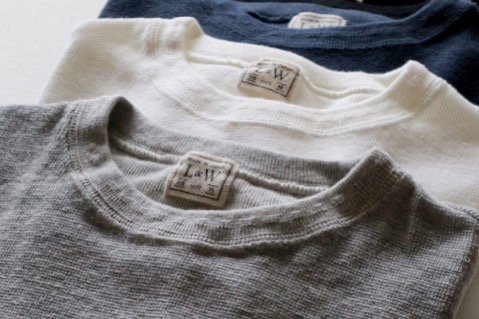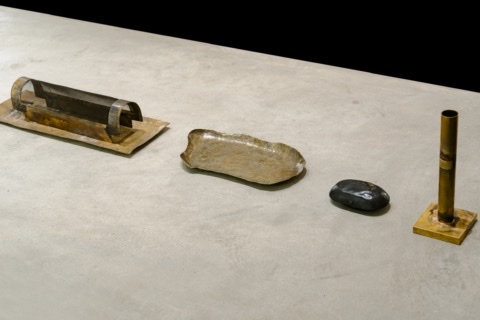
往模具用力一吹,玻璃隨之膨脹貼上,在冷卻之前取出,裁去吹口以外不必要的部份,這就是模製玻璃的製作方法。模製玻璃不比純口吹玻璃般形狀自由自在,卻有著非常微妙的氣質,守著一定的規矩,卻隱隱約約地包含著某種不穩定性,構成其獨特美感。
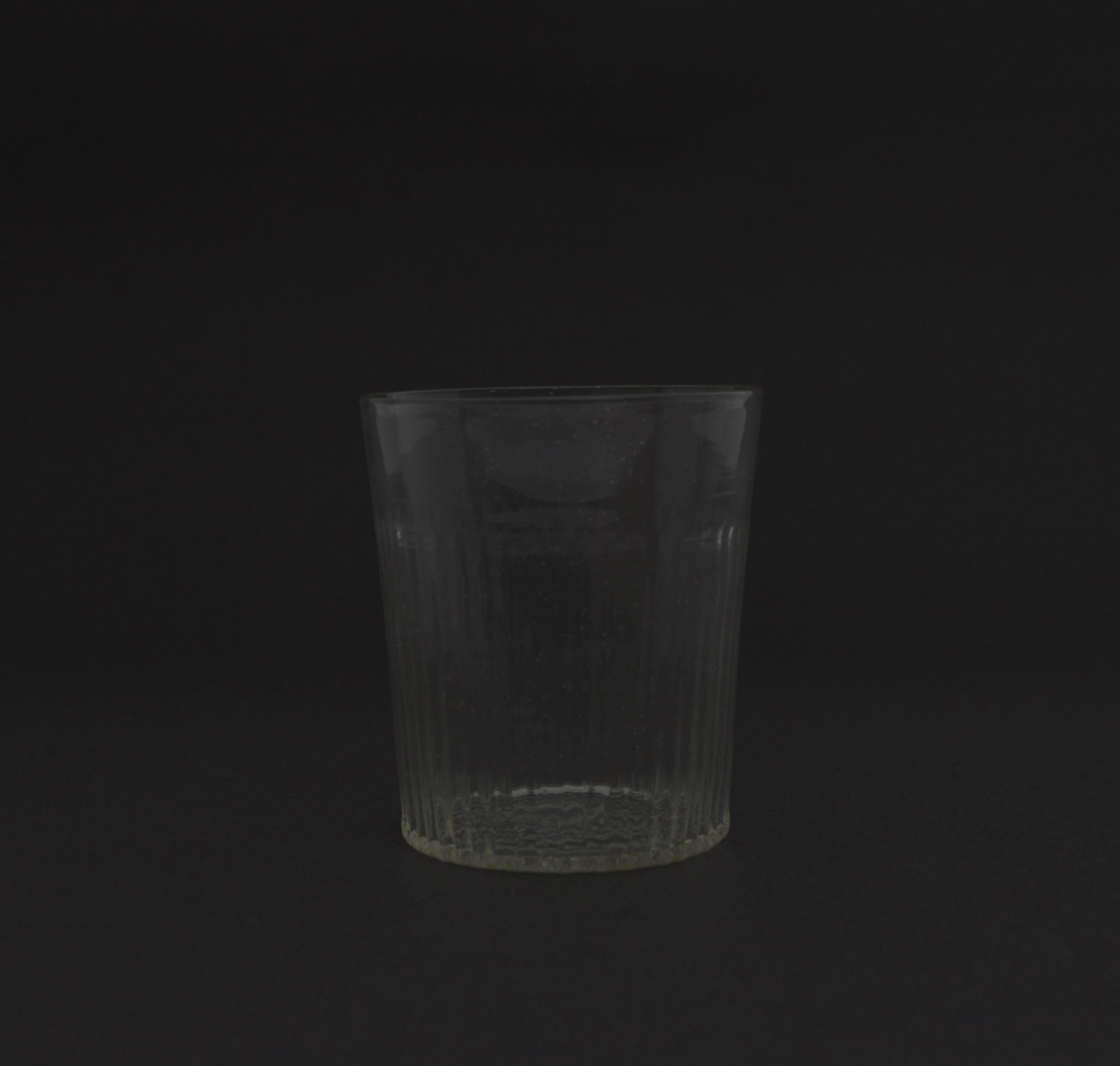
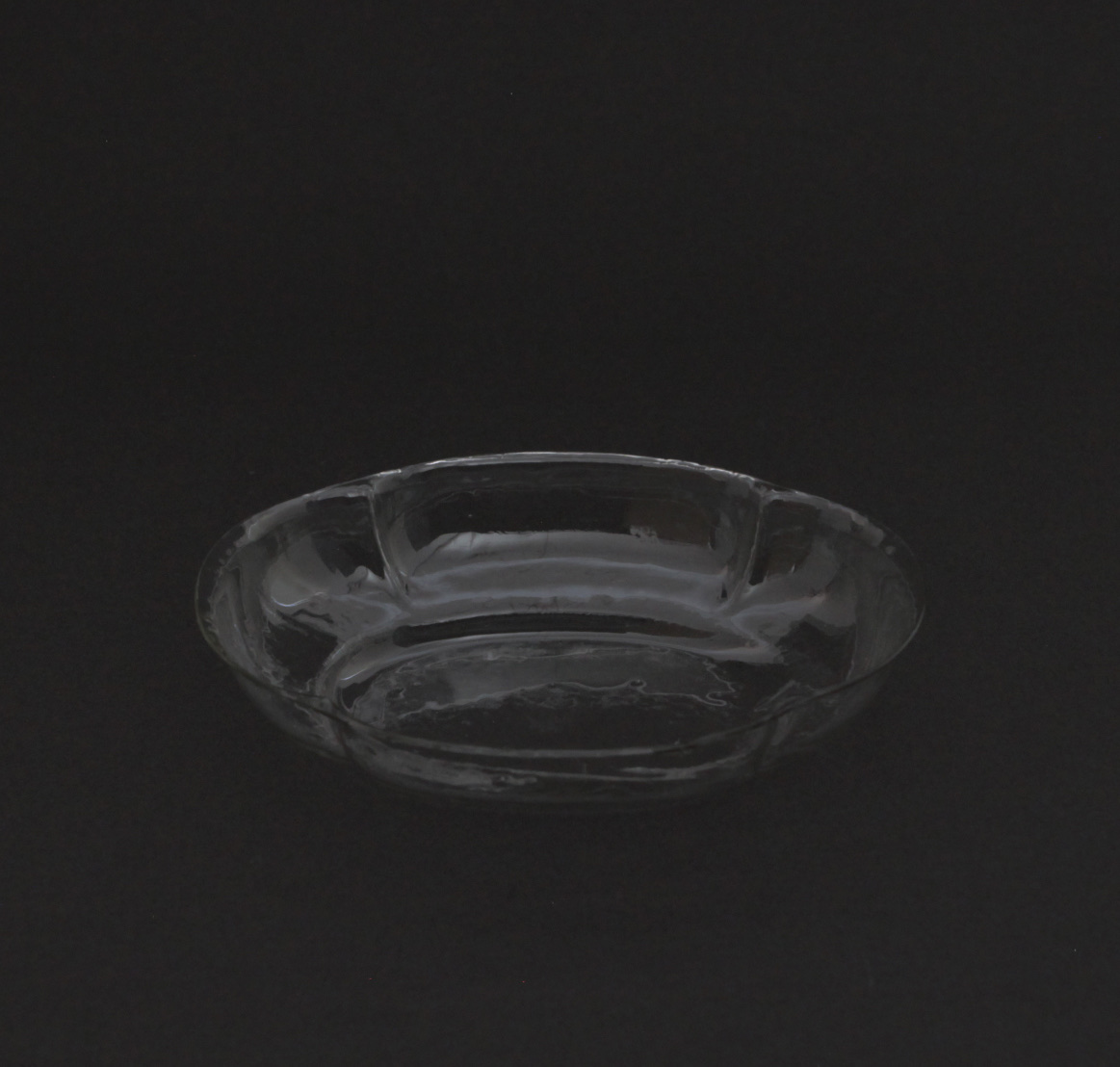
模製玻璃大概是江戶時代流傳下來的技術,在當代並不常見,小澄正雄是難得使用這技術來製作玻璃器物的工藝家。現時日本買到的玻璃器皿,多是歐美的風格,以傳統技法、彰顯了日本傳統美學的「和玻璃」,只能在古物之中找到,而且造價高昂。小澄正雄惋惜和玻璃的消逝,於是著手製作同對動人魅力的作品。
小澄正雄的作品設計的靈感取自江戶時代的古玻璃器皿,在玻璃之中混入了草木灰,因此燒製完成後,玻璃呈現著灰灰暗暗的綠。它沒有一般玻璃的通透晶瑩,卻有著更為沉著安穩的氣質。
Mold-blown glass is made by blowing hot molten glass into a mold. The inflated glass is removed from the blowpipe, the redundant parts are being trimmed before it is set aside for cooling. Compared to free-blowing, mold-blown glass may carry a less liberal form but at the same time possess a subtle temperament. Its form may be bound by certain rules, but that does not stop it from retaining some undefinable properties, which in turn become its unique beauty.
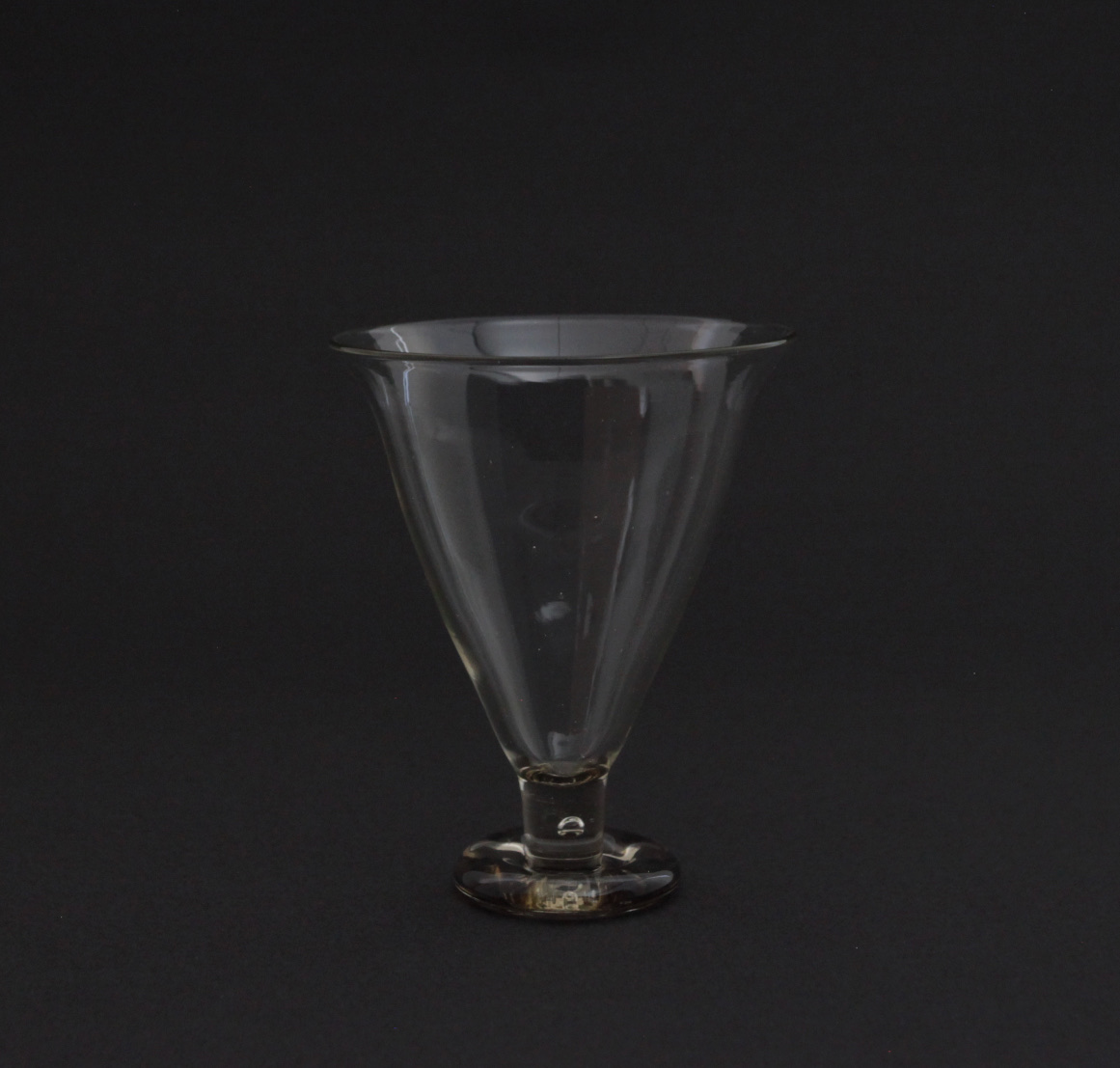
Mold-blowing is a technique passed down from the Edo period but is becoming rare nowadays. Masao Koizumi is a craftsman who acquired this uncommon glass making technique. The glassware found in Japan are mostly western style. Whereas the traditional ones that feature classical Japanese aesthetics can only be found in antique markets at a high price. Koizumi thought it would be a pity to let the craft of glassware die out, he therefore decided to produce pieces that can resonate with people.
Masao Koizumi takes inspiration from the ancient glassware from the Edo period by mixing in plant ash into the glass. The final product would appear somewhat in dark green. Instead of the crystal clear transparency of normal glass, the piece carries a substantial and profound temperament.
